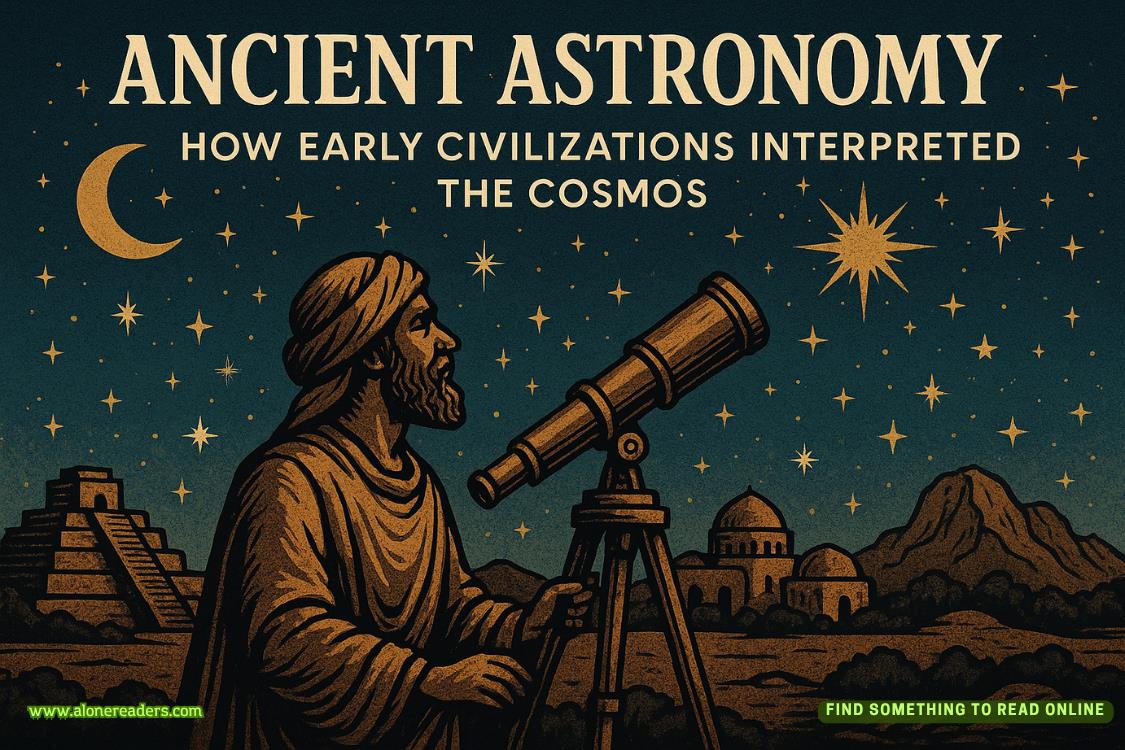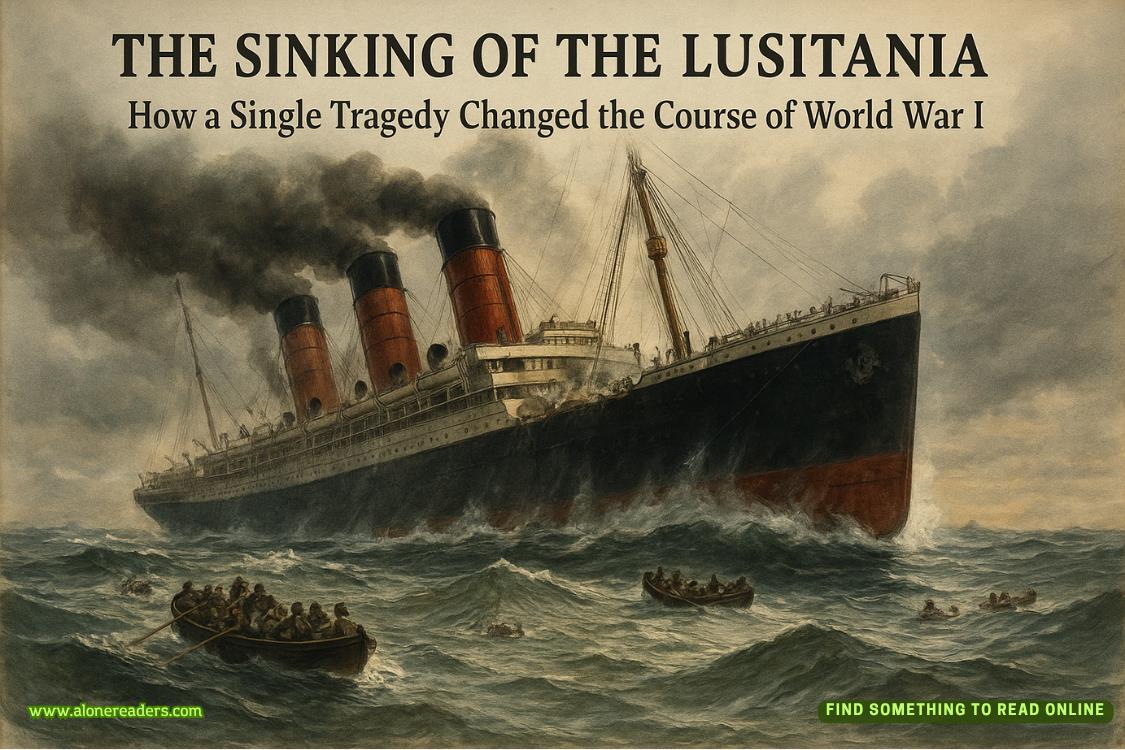She smiled, but it was wrong, somehow not her smile. “Good luck with your research,” was all she said, and then she turned, opened the door, and stepped out into the bustling city. I ate dinner alone that night, and when Paloma returned well after dark, she shut herself up in her room.
I awoke the next morning with a bee in my bonnet about Sabine Étienne. I poured myself a cup of coffee and settled in to work as an especially blistering sun rose over the city. After reading through my notes from the previous day, I then searched through several databases for anything I could find about the case. It wasn’t long before I stumbled onto a piece in a small local paper that mentioned her. It was about the disappearance of another woman, Dr. Isabelle Casimir, who had vanished about fifteen miles from where Sabine was found dead. There was no accompanying photo, but the article referred to Casimir as a research scientist who worked at Hildegard College in Colorado. She vanished without a trace exactly three weeks after Sabine was mauled, but the article didn’t mention any biographical information, not even Casimir’s field of research.
The internet didn’t turn up much, but I was able to find an interview with Dr. Casimir on a blog, and that was when things got interesting. She talked about a recent overseas excavation she’d been on and mentioned a discovery she’d made near Cressing Temple in Essex, describing it as “an interesting artifact. It’s a sculpture that seems to show thirteen female figures in a circle, and at the center is a representation of a human with two faces.” She went on to say that she had brought the relic back with her to Colorado for further study.
Could it possibly be? Thirteen female figures—the number Murray claimed was representative of a coven—and at the center, Janus, the two-faced god a sect of fertility cults was supposed to have worshiped. If I could get my hands on that statue, I could reclaim the throughline of my dissertation and potentially undermine Charles’s entire argument. That could completely destroy him (and also help my career, though that was honestly secondary to me by that point). Maybe I was reading too much into it, but I suddenly felt very certain that this sculpture Dr. Casimir so casually mentioned could be the key to proving the veracity of Murray’s hypothesis. My heart stilled for a moment when I remembered the fact that Casimir was missing and that another young woman was dead. Was it insensitive to think about my research when this woman might be in danger? Probably, I determined. Yes, it most definitely was.
I bit my lip and pushed my chair back from the desk. Needing some fresh air, I headed out onto the spacious balcony, stopping in the kitchen to refill my coffee. Outside, the redwood patio slats, massaged by the rays of the late-morning sun, gave off a pungent, pleasing aroma. Gripping my mug, I stared out at the city, my eyes trailing from steaming vents and jaded pigeons up to what I could make out of the glorious New York skyline. It was always possible that nothing untoward had happened to Isabelle Casimir. It wasn’t wrong of me to be interested in the artifact, not if it could help fill in a missing piece of the historical record. Charles wouldn’t think twice about pursuing this lead if he saw it. A sudden panic seized me. What if he already had?
After pouring myself yet another cup of bitter coffee, I settled in at my desk and pulled up Hildegard College’s website. Could I just cold-call the archaeology department and ask to examine Dr. Casimir’s research? Inserting myself into an activemissing person case didn’t seem incredibly smart, but I was feeling desperate. The joke was on me, though, because it turned out the college didn’t even have an archaeology department. A quick perusal of the site made it clear that it was one of those weird colleges that decide they don’t need to have typical majors (think Evergreen State and its Earth Dynamics track, or College of the Atlantic and their single human ecology major). At Hildegard, the only course of study was Anthropocene Systematics, whatever the fuck that was. Although there were several impressive photos of recognizable tech moguls standing with faculty in front of architecturally important arches, there was very little in terms of actual information about the school. The website did, however, have a good deal about their library, the offerings of which struck me as surprisingly impressive. Located in what had once been a monastery, Hildegard’s library boasted extensive archives of ancient manuscripts—codices, bestiaries, and pharmacopoeias.
Further exploration of the site led me to information about a residency for academics, artists, scientists, and “thinkers” to come to Hildegard College and work on a project using their facilities. It couldn’t have been more perfect. I had a feeling that what Dr. Casimir had stumbled onto was possibly the linchpin of not only my research but perhaps my entire career. I just needed to get access to it. Without missing a beat, I emailed the head librarian (a Dorian Dubois) and outlined my situation: I was working on an examination of the intersection of medical herbology and historical accusations of witchcraft (which was of course true), and access to their archives would prove invaluable to my research (which it probably would, especially if they had any rare herbology books that would help me understand the nature ofsangdhuppe), and could I have an application for theirresidency, please? I just left out the creepy part about how I was actually stalking an artifact that belonged to one of their professors, who just happened to have disappeared under mysterious circumstances. Thirty minutes later, I received a reply and a link to the application, which I completed and submitted with more efficiency than I’d probably ever done anything in my life.
Meanwhile, I was walking on eggshells around Paloma. Her behavior was just so off. It was only little things at first—superstitious attachments, an uncharacteristic focus on the macabre. She seemed consumed by a pervasive, endless sense of dread. And then there were her eyes. It was like a film had been removed from them, rendering them clearer, yes, but almost violently so. A manic aura began to surround her, and without any indication as to her motives, she started adhering to increasingly bizarre rituals—taking the screens off windows and hanging strange things out of them like Coke bottles and compact mirrors. Removing screens from windows was especially upsetting: I am allergic to bee venom and was pretty sure some neighbor was operating a rooftop apiary because I kept finding dead bees inside. But when I tried to talk to Paloma about this, she denied having done anything. And then there was the night she spread coffee grounds all over the kitchen counter and used them to draw what looked like a map.
I should have done something, but I just ignored the situation. Paloma kept to herself, and I spent my days immersed in research. One afternoon when Paloma was out, I went into her room to see if she had any safety pins in her drawer. That’s when I noticed her computer open with an email drafted, but not addressed to anyone in particular.
I know I shouldn’t have snooped, but it wasn’t so much snooping as seeing. It was hard to miss:Help!the missive began. Andfrom there, it got increasingly deranged. She wrote about being kidnapped. She wrote about what sounded like monsters—she called them Terrible Ones—and was convinced that people were following her and stealing her memories. That was the day I decided to get her some medical attention. I set up an appointment with a psychiatrist in Midtown for the following week, but as it turned out, we wouldn’t make it that long. The next morning she was gone. There was a note sitting on the kitchen counter.
Went to California.
That was all it said. I tried to text her, but I got no reply. When a day passed and I didn’t hear from her, I thought about calling and reporting it, but who the hell would I call? She hadn’t actually done anything except act a little batty and go to California without a plan. That had to describe at least 50 percent of the people currently in California. I decided to be chill about it and wait for her to return.
The days that followed—my time alone in the apartment—were to serve as my introduction to one of the strangest, most unsettling episodes in my life. Time alone shouldn’t have bothered me, but there was something about the way the wind seemed to moan as it swept through the balcony railings that set my nerves on end. That first night without Paloma, I was plagued all evening by a sense of a presence.
Now, what do I mean when I say “a presence”? In woo-woo new age circles, we mean a ghost or a spirit, but I am neither woo-woo nor new age. I am persnickety, contrarian, and old beyond my years. When I say I felt a presence, I mean that I felt like someone was watching me, or like there was an actual person inside the apartment with me, something I knew to be impossible. And yet that eerie, creeping sensation of being watched persisted.
When I went to bed that night, I fell asleep easily enough, but was tormented by nightmares. The next day I still couldn’t shake that horrible feeling that I wasn’t alone. And then just before bed, I was working at the desk in the living room when I began, yet again, to feel uneasy. I had a bunch of papers spread out before me and was sipping orange juice to keep myself awake—I wasn’t to the point of drafting, where I would drink coffee all night, but I was getting close. I was reading about a werewolf sighting in Bavaria that took place in the summer of 1816. I won’t bore you with an exhaustive account of my research, but in this instance, it’s worth unpacking a little. You will understand why later.
So, Bavaria, 1816, we have a peasant who swore she saw a creature attacking her lambs. Terrified, she locked herself and her children in her home and didn’t dare come out until morning, at which point, she discovered that the poor lambs had been drained of blood. She didn’t call it a vampire, although that’s what most superstitious people would call it today. Instead, she called it a werewolf. I was tempted to categorize it as a vampire for the purposes of my research; after all, our current conception of the vampire wasn’t as much in the public consciousness back then. Although the idea of the vampire was an old one, it didn’t take on a life of its own until John William Polidori published his short story “The Vampyre” in 1819. Famously, in 1816—the same year the lambs in question were exsanguinated in a far-flung Bavarian province—Polidori and his much more famous friends Percy Shelley, Mary Shelley, and Lord Byron were holed up in a villa on Lake Geneva writing their ghost stories, one of which would become the “The Vampyre,” and one of which would becomeFrankenstein.Eighteen-sixteen was known as the Year Without Summer because of the aberrant, dreadfully cold weather,with dark skies and black rain all caused, it would seem, by the eruption of a volcano in Indonesia disrupting weather patterns. Without that eruption, we might never have had the modern incarnation of vampires or Frankenstein’s monster, or… or… whatever Byron and Percy Shelley wrote during that fateful trip.
I found it curious that this case of the Bavarian lamb-slaughtering vampire occurred in the same year that the weather patterns had been so disrupted, and I wondered if this might have anything to do with a change in the hunting habits of predator populations in the region. I was making a note of it when suddenly—I swear to you—I heard someone whispering right behind me.
With a jolt, I turned my head, but the hall was empty.
“Hello?” I called.
I turned back around and picked up my pen, but my hand was shaking so badly that I couldn’t even pretend to write. All at once, the hairs on the back of my neck stood on end again. Please excuse the reuse of this cliché, but it’s a genuine response to fear called piloerection, and there’s just no other way to describe what happened to me.
Once again, I distinctly heard someone say:
This isn’t real.
It was so loud and clear that I jumped up from my desk, knocking over my glass of orange juice, which was lapped up by the eager piles of the shag carpet. I was so terrified, though, that I didn’t care. I just stared in horror.
The hallway was empty. And then I heard someone whisper:
Hell…
I’m embarrassed to say I screamed. I picked up my pen as if to use it as a weapon, like a girl walking alone at night.
“Who’s there?” I demanded, my voice reaching octaves I didn’t know were within my power.
But there was no reply. I mean… obviously there was no reply. The hallway was always empty.
When I looked back down at my desk, I saw that there were four symbols now in my notes—symbols I had no memory of drawing.
The next morning, I received an email from Hildegard College. I’d been accepted for their library residency. They said they could welcome me as early as the following week. That message couldn’t have come a moment too soon.















